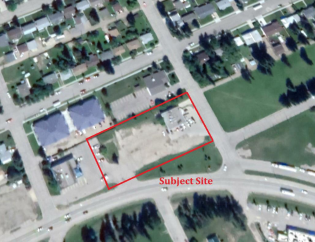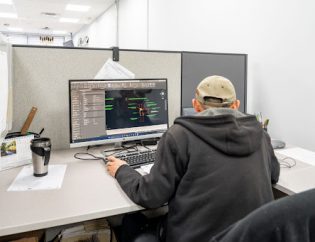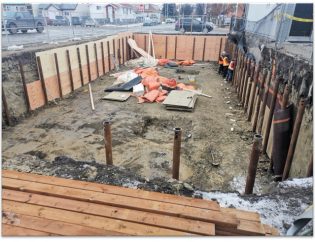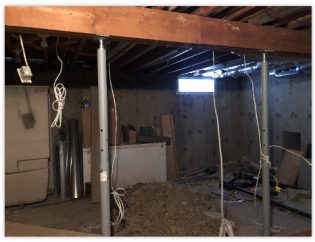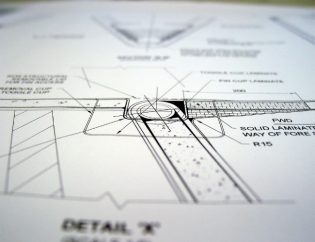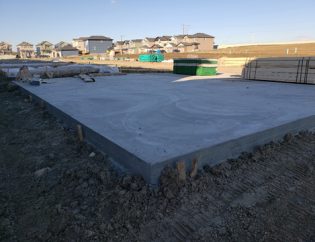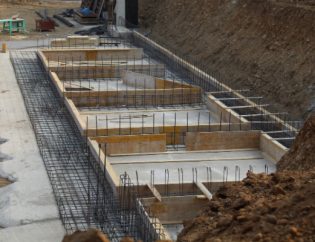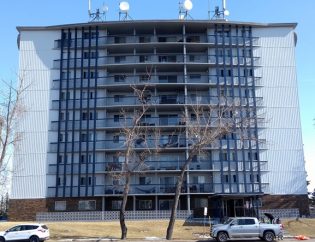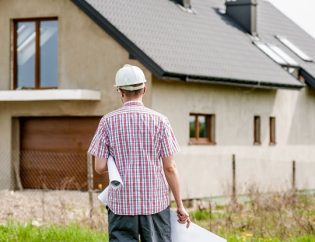
Structural designing is the process of analysing and designing a structure before the construction process commences. From the inception of a structural design project, a structural engineer methodically investigates the layout plan and design the components of the structure considering the strength and stability of the structure. This process is an intricate one, and it needs utmost attention of a structural engineer. With too many details to cover, mistakes tend to happen. Here are some of the common mistakes that can happen in a structural design.
1. Ignoring Technological Help
Structural design needs precision, especially in complex structural projects. Although structural engineers work with accuracy, mistakes can easily happen. To avoid mistakes and miscalculations in measurements, structural engineers need to utilize Finite Element Analysis (FEA) software available in the market. The software helps in analyzing complex structures and optimizing the design. Also, such structures can be easily modified with a few changes without having to rebuild the complete model. The structural engineers, however, must be cautious when using any FEA software to ensure the inputs are accurately provided.
2. Limiting the Structure
The strength of a structure depends on the rigidity or flexibility of the structural joints. It is essential to design the support joints in accordance with the specified loads coming from above. Limiting the number of supports sometimes cause an issue if the supports cannot carry actual loads on the structure. In those cases, the structural engineer should increase the number of supports to ensure a safe transition of loads from one component to another.
3. Miscalculating Real Measurements
A structural engineer needs to be extra careful with the measurements as a difference of a single unit can disrupt the final construction. Measurement errors can cause excessive deflection, an increase of internal force, decrease of load capacity, etc. Missing out on critical measurement can create a huge difference in your design calculation and the actual construction. Generally, skilled structural engineers have a portfolio of the construction which includes these factors to avoid miscalculations.
4. Underestimating Structural Movements
Structural engineers need to be aware of the construction reality. If the construction is not accurately performed as per the drawings, the structure might be in danger. Expert structural engineers know the reality of construction process that not all the components are installed on site with precision. That’s why structural engineers require to consider this in their design using an adequate factor of safety.
In any technical process, mistakes tend to happen even after a high level of precision is followed but such mistakes should not foil the construction process. Therefore, make a note of these common mistakes and ensure your structural design process is flawless.
